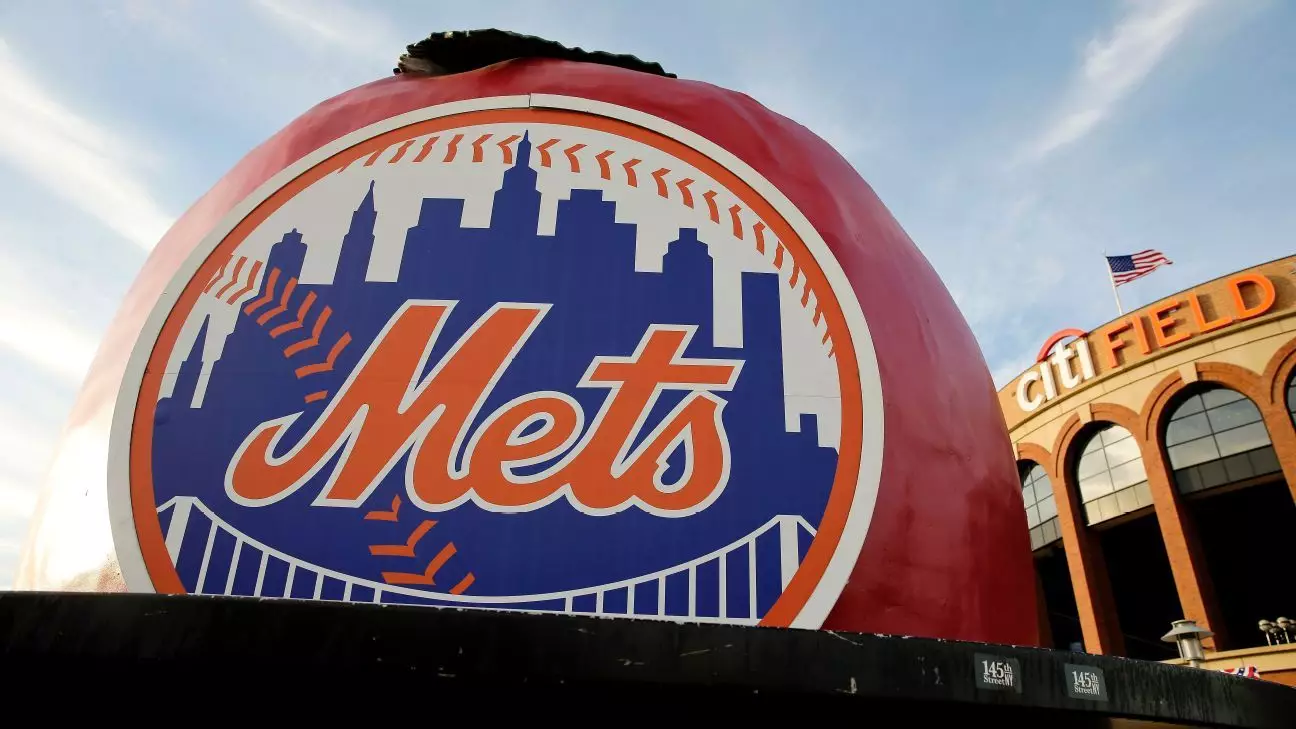In the world of Major League Baseball (MLB), few stories generate as much buzz as the financial expenditures of teams, particularly the New York Mets under the stewardship of owner Steve Cohen. For the third consecutive season in 2024, the Mets have claimed the title of the highest spender in the league, stacking an astonishing $1.36 billion in payroll and luxury tax over the past four years. This figure eclipses the combined expenditures of the Miami Marlins, Pittsburgh Pirates, and Tampa Bay Rays for the last 21 seasons—a testament to the aggressive financial strategy that Cohen has employed since acquiring the team.
Setting a new benchmark, the Mets established a staggering $333.3 million regular payroll in 2024, breaking their own previous record of $319.5 million set just the year before. In a league where competition is fierce and financial resources often dictate success, the Mets’ willingness to invest boldly has positioned them as a formidable force in baseball. The implications of such financial maneuvering are vast, influencing player acquisitions and the overall competitive landscape of Major League Baseball.
Context of Expenditures
To grasp the significance of these expenditures, it helps to put them in context. The cumulative expense incurred by the Mets is not merely a number; it symbolizes a cultural shift in the franchise’s approach to building a winning team. Cohen’s mantra that “if you want something that’s amazing, it’s going to be uncomfortable” reflects a philosophy of risk-taking that sharply contrasts with the conservative financial practices prevalent among other teams, particularly smaller-market ones. While franchises like the Pittsburgh Pirates and Tampa Bay Rays have operated under strict budgetary constraints, the Mets have embraced a spend-it-to-win-it mentality, suggesting that an era of financial disparity is unfolding within the league.
Cohen’s acquisition of superstar outfielder Juan Soto via a record-breaking 15-year, $765 million contract exemplifies this strategy in action. Signing players of Soto’s caliber not only elevates the team’s on-field performance but also sends a clear signal to fans, media, and competitors alike: the Mets are all-in for championship contention.
The Broader Financial Landscape
Examining the financial habits of the Mets sheds light on broader trends in the MLB. While their payroll has skyrocketed—marking a remarkable 1.8% year-over-year increase—the overall figures from the league reflect a steady escalation as well, with total spending across all teams rising to $5.158 billion in 2024. This rise underscores the tension between wealthy teams like the Mets, who can afford to invest massively, and lower-budget teams struggling to compete.
Moreover, traditional powerhouses like the New York Yankees and the Los Angeles Dodgers remain significant competitors in the spending race, but the Mets’ sustained financial commitment over recent seasons sets them apart. Historically, this kind of dominance has proven fleeting; only the Dodgers have managed to lead in payroll for three consecutive seasons previously. The stakes are high, and with a combined 23.5% of total league spending associated with the four teams reaching the postseason in 2024, it’s clear that financial investment is closely linked to on-field success.
The Future of Competitive Balance
Critically examining the current state of the Mets’ financial approach raises questions about the long-term implications for competitive balance in MLB. The vast monetary resources wielded by the Mets create an imbalance that could push other franchises to reconsider their operational frameworks. For example, teams like the Oakland Athletics and the Pirates have traditionally been relegated to lower payroll situations, making sustained competitiveness a monumental challenge.
As the MLB continues to evolve, it may be essential to consider implementing measures aimed at promoting parity across the league. Luxury taxes and payroll caps might find renewed relevance in discussions surrounding financial equity, as teams look for ways to compete against the financial might of teams like the Mets.
A Season to Watch
As the 2024 season unfolds, fans and analysts alike will undoubtedly keep their eyes peeled for how the Mets manage their startling payroll and the implications of their expansive financial ventures on the field. Will their aggressive spending translate into the long-awaited championship they appear to covet? Or will it lead to a cautionary tale of unchecked financial ambition in sports? One thing is certain: the narrative surrounding the Mets—and indeed the entire landscape of baseball—is changing rapidly, driven by the relentless pursuit of excellence paired with a willingness to invest magnitudes more than has been customary. This seismic shift may redefine what it means to pursue a championship, setting a new standard for teams aiming for ultimate glory in America’s favorite pastime.

